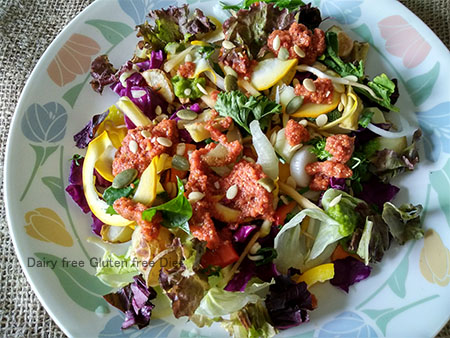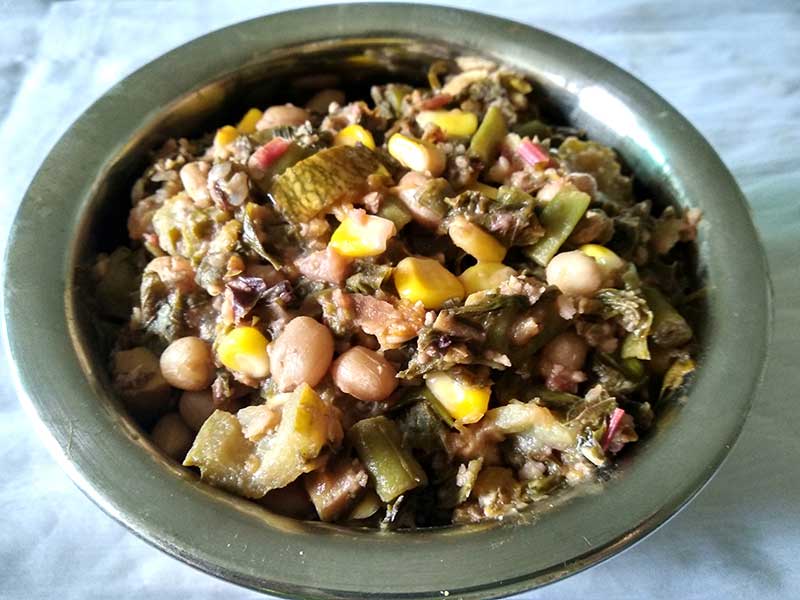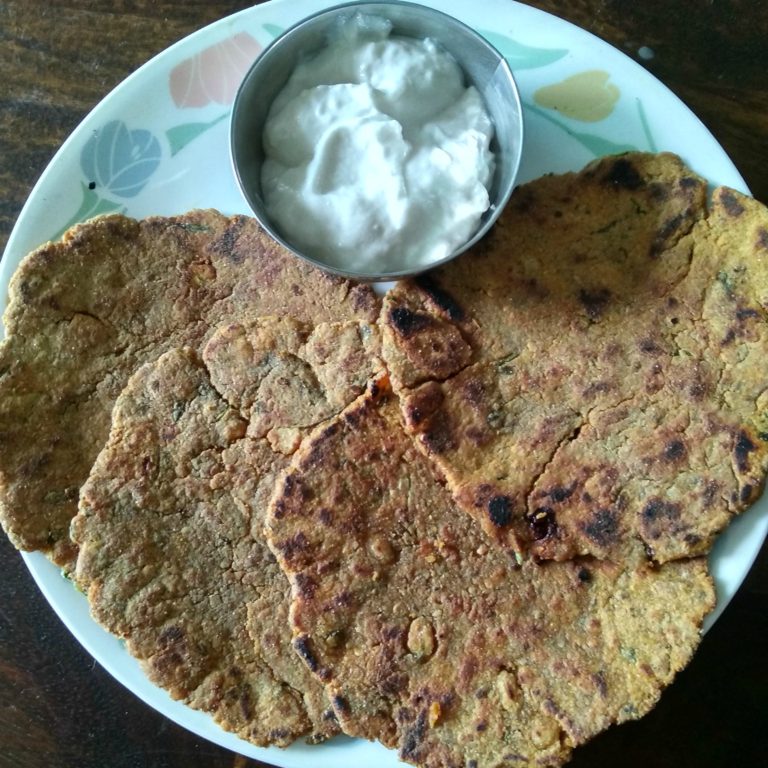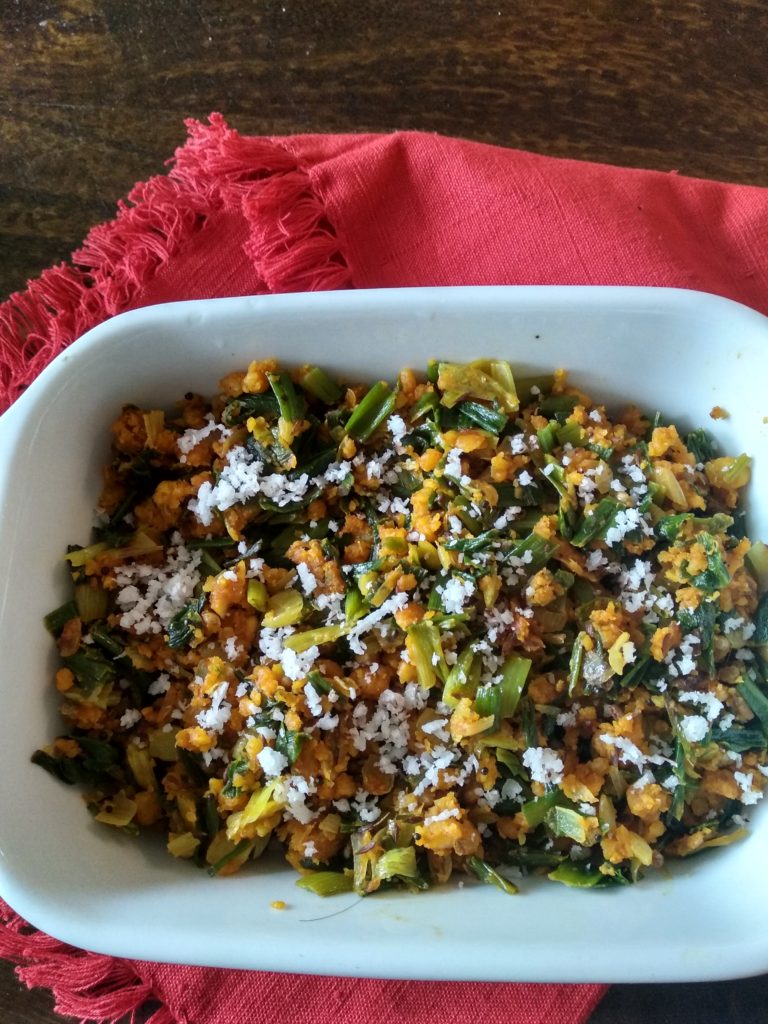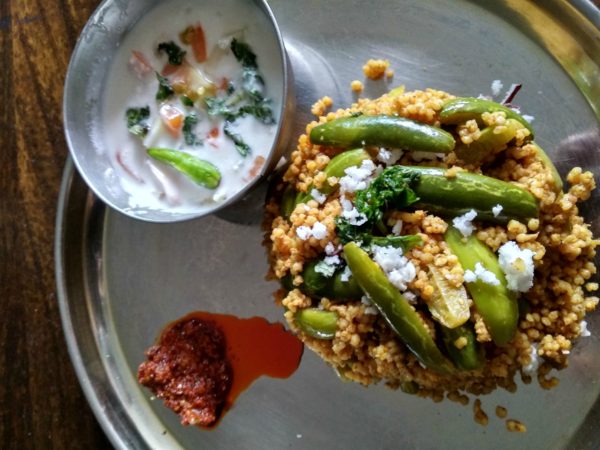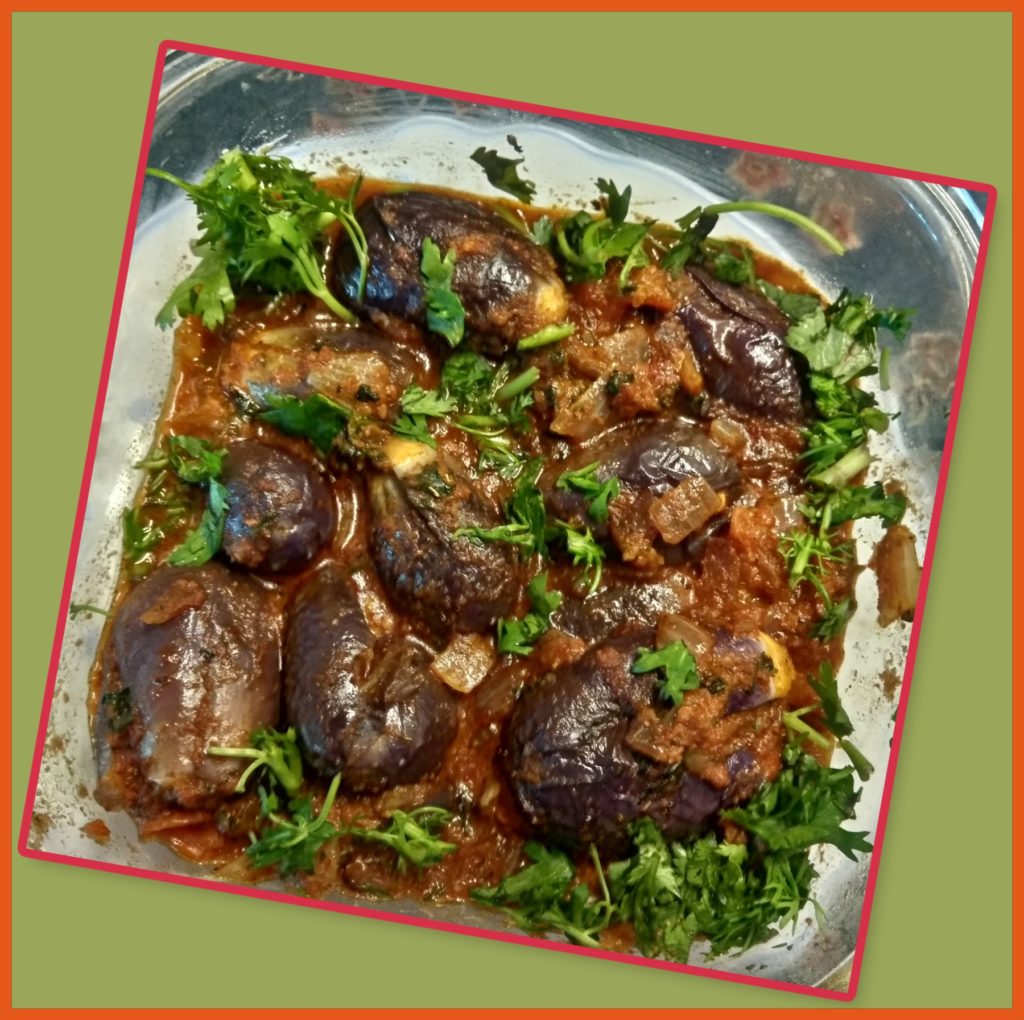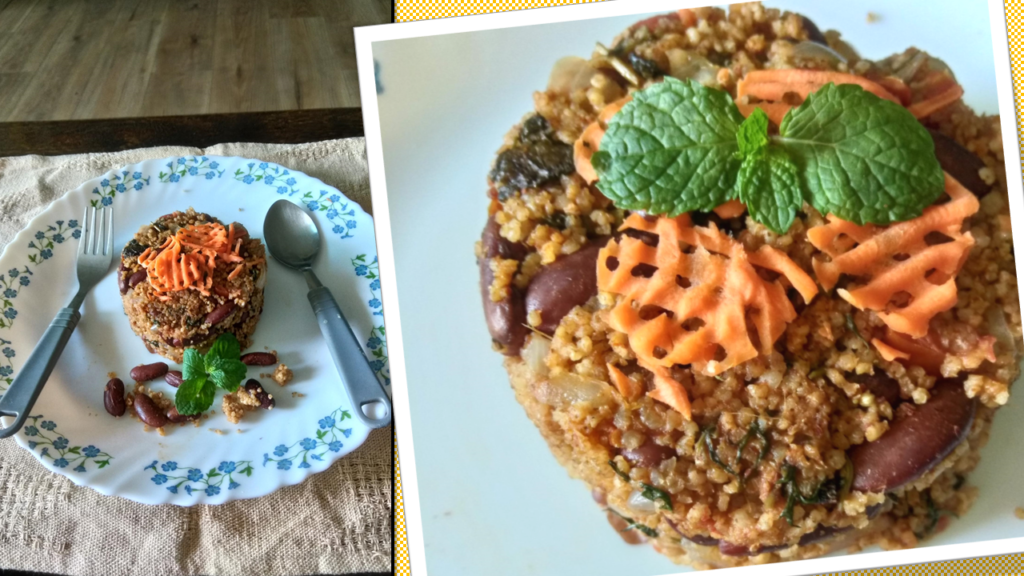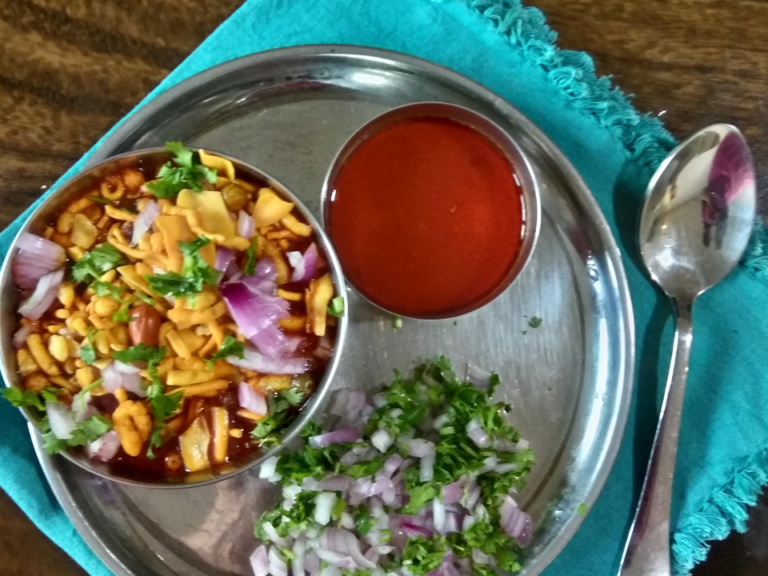Maharashtra
14 Sep Rushichi Bhaji / Rishi Panchami Sabzi
Today is the second day of Ganesh Chaturthi. Maharashtrians celebrate the second day of Vinayaka Chaturthi as Rishi Panchami. They prepare a special dish called Rushichi Bhaji on this day. As part of Ganesh festival, many recipes and videos on how to make Modaks of different...
20 Jul Groundnut Bajra Paratha

10 Jul Spring onion Sabzi / Hare Pyaz ki Sabzi
As the name suggests this Spring onion Sabzi is prepared exclusively with lots of spiring onions. Also known as Scallions, Spring onions are vegetables of various Allium onion species. They have a milder taste when compared to most onions. They belong to families of garlic, shallot, leek, chive, and Chinese onion. Nutritionally, spring onions have the benefits of both onions and greens. They are a good source of vitamin K and vitamin C, and vitamin A too. Spring onion is normally eaten raw in salads, raitas and sandwiches. The green tops are used like chives, as a garnish or sliced in salads or stir fries. Here is a recipe for making a Spring onion Sabzi with the greens and the onions.
05 Jul Kobichi Wadi / Steamed Cabbage Cake
Frankly, I’m not a great fan of cabbage. That's putting it very mildly. Kobichi Wadi is the only cabbage recipe I love. It’s a famous Maharashtrian dish. The steamed cabbage with chickpea flour and other spices, Kobichi Wadi is the best evening snack. It is...
02 Jul Bajra Kichdi Hara Bhara / Kambu Kichdi
This Bajra kichdi has lots of greens such as Spinach, coriander, mint, fenugreek leaves and spring onion greens in it making it Hara Bhara Kichdi. Again, to add, in this Bajra Kichdi I have used dehusked bajra. There are varied views on removing the husk...
18 Jun Masale Bhat / Kodo Millet masale Bhat
Masale Bhat is a popular dish in marathi cuisine. Served invariably in Maharashtrian weddings, it is traditionally cooked with vegetables like Ivygourd (Tendli) and Brinjal, mixed with typical Maharashtrian spices like goda masala, and Kopra. But down the line it has changed its avatar with the use of vegetables like Carrot, Peas, Cauliflower, etc. You are free to use them. What differentiates itself from normal Pulav is the use of Goda masala which gives it a distinguished flavour. Another uniqueness of this dish is that it needs no onion & garlic as in pulav. Served with simple raita or even just plain curd and some pickle, it tastes heavenly and is a great recipe for Lunch box. Goda Masala is easily available in the market. If you don’t have access, pl refer to my recipe to make it at home. Here I have replaced rice with kodo millet. And used OPOS technique to prepare this. This masale bhat is simple, easy, time-saving and flavourful. Pl try and let me know.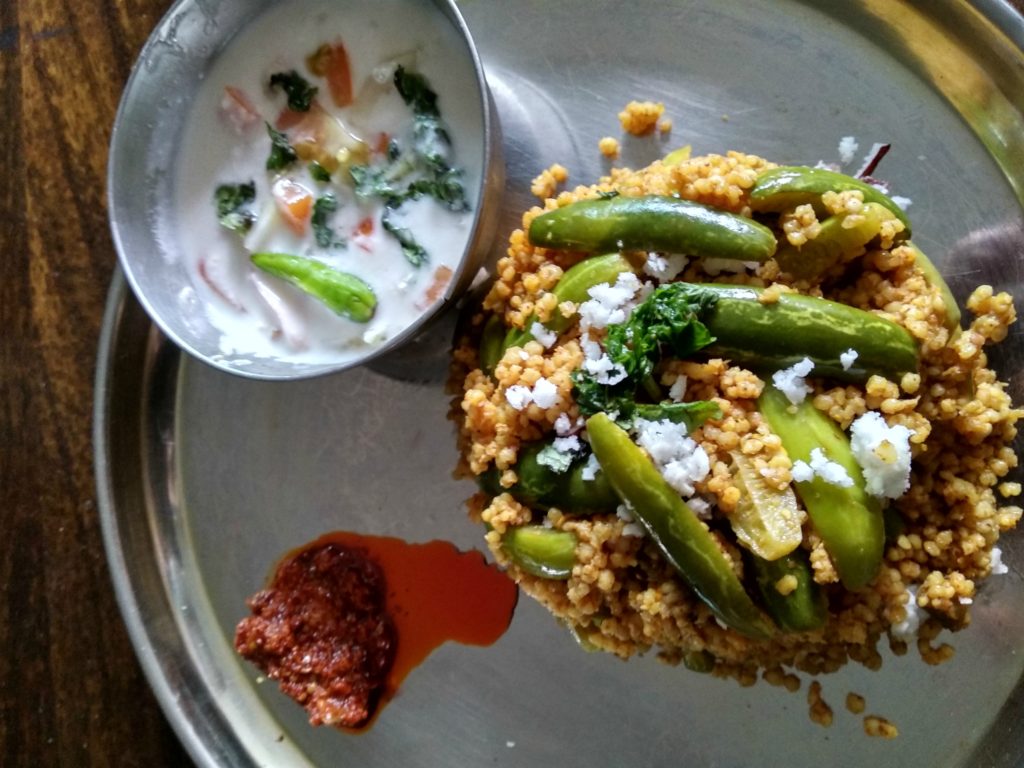
23 Apr Stuffed Brinjal
 For the stuffing: Dry roast 3 tablespoon each (Sesame seeds, Kopra (desiccated coconut) and roasted peanuts). Powder coarsely with 2 tsp Kashmiri chilly power, 2 tsp dhania powder, 1 tsp garam masala, 1tsp salt and 1 tsp jaggery powder. This powder can be stored in refrigerator.
For the stuffing: Dry roast 3 tablespoon each (Sesame seeds, Kopra (desiccated coconut) and roasted peanuts). Powder coarsely with 2 tsp Kashmiri chilly power, 2 tsp dhania powder, 1 tsp garam masala, 1tsp salt and 1 tsp jaggery powder. This powder can be stored in refrigerator.
20 Apr Rajma Millet Pulav
As the name suggests, Rajma Millet Pulav is a variation of Rajma Chawal with Sama Millet. Rajma, the Kidney bean, was brought to the Indian Sub continent from Mexico. Though its not of South Asian origin, it’s a staple food in Nepal. Rajma Chawal, is a...
17 Apr Mumbai Misal
After Kumbakonam Kadappa, its time for Mumbai Misal. Misal is a very popular street food in Maharashtra. Mostly eaten for breakfast or a snack or even as a protein filled dinner, it being a nutritious dish. Misal is made different ways in different states of...


